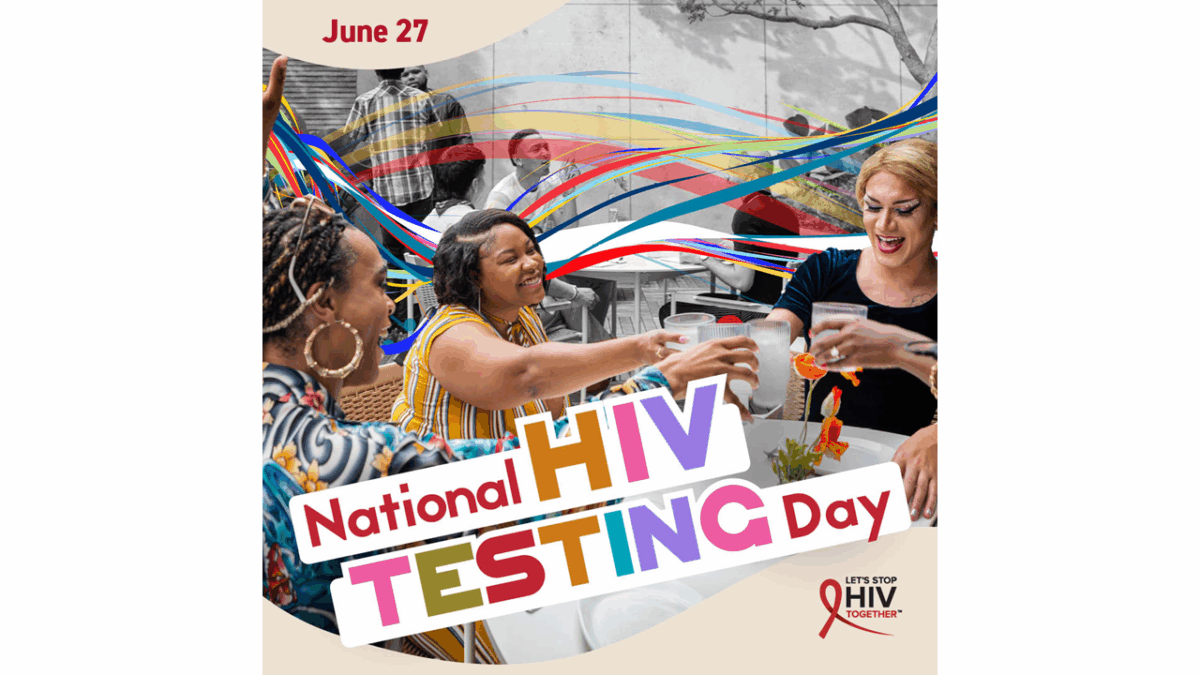In recent years, oncologists have begun to recognize cancer as a heterogeneous disease with variations in pathology, prognosis and tumor response to treatment. Colorectal cancer in particular, has been recognized to consist of multiple molecular subtypes based on global gene expression profiling of patient-derived tumor samples.
Identification and investigation of the molecular basis of these colorectal cancer subtypes, has the potential to lead to the development of personalized treatment options for the disease. To learn how transcriptional profiling of colorectal cancer subtypes using RNA-Seq can help researchers gain a better understanding of the disease, I spoke to Dr. Enzo Medico, Associate Professor, University of Torino, School of Medicine, Candiolo Cancer Institute.
With nearly 20 years of experience researching cancer genomics, his focus in the last decade has been on translational genomics of colorectal cancer. Dr. Medico and his lab combines bioinformatics, genomics data generation and experimental functional analysis in cell lines and patient-derived tumor xenografts.
To learn more about RNA-Seq in colorectal cancer, register for llumina’s upcoming webinar.
What are the current challenges in the development of therapies for colorectal cancer?
Colorectal cancer is not one disease; there are many different genetic alterations that may occur – or concur – in a given cancer. These alterations bring about different phenotypes of the cells, different subtypes, different behavior, and different clinical aggressiveness and response to treatment.
There has been a lot of work – which I’ll be discussing in the webinar – on subdividing colorectal cancer in subjects into molecular subtypes. Now the next challenge is to better understand how the different subtypes respond to the different treatments.
Normally a drug is tested on an unselected populations, and you have a fraction of responders but, of course, a fraction does not respond. Some patients would respond better to a different drug, and one way to identify this fraction is to subdivide these cases.
Cancers used to be characterized by the part of the body they affect, such as colorectal cancer, breast cancer or pancreatic cancer. What led to the shift in classifying cancers based on molecular subtypes?
More and more, we see that target-specific drugs can work in tumors of different organs if the genetic lesions confer sensitivity to that drug. This is particularly true for colorectal cancer. Targeted therapies can block a specific product of a gene which has alterations.
However, this is not always true, and there are notable exceptions in which a drug targeting a gene product does not work in all tissue types. For example, the drug which targets the mutant BRAF gene works in melanoma and doesn’t work in colorectal cancer.
Research has shown that if we block a particular regulatory sequence that’s working in colon cancer cells, and not in melanoma, then we render the drug effective. Again, in principle a drug can be very effective in targeting a mutated oncogene more-or-less independently of the tissue type. Of course, there is much more that we need to learn.
What is the benefit to stratifying colorectal cancer into molecular subtypes based on their transcriptional profile?
On one side, there are cases in which if the tumor is not advanced after surgery, that the oncologist is not sure whether or not to apply chemotherapy as an adjuvant treatment, or to reduce the probability of relapse or metastasis. In this case, it is clear that the transcriptional subsets may help identify tumors that are more aggressive, so this would be a prognostic use of the subtypes.
Secondly, stratification can help in assigning the best treatment to the appropriate subgroup of patients. It could also improve the discovery of new targets because maybe an important new target is not effective in all cases, but just in a subgroup of cases. By partitioning the cases in more homogeneous subgroups, we may find a new target that is more effective.
Could your microRNA master regulator analysis (MMRA) analytical pipeline be applied to other heterogeneous cancer types?
In principle, if you have a heterogeneous set of tumors of any given organ, and you have RNA profiles, mRNA profiles and microRNA profiles, you could use this pipeline to understand whether some microRNA could be driver of a fraction of these cases. The microRNA master regulator analysis could help identify candidate microRNAs driving a given subset of a cancer type, such as breast cancer.
Is the use of RNA-Seq to characterize the stromal contribution to colorectal cancer pathogenesis feasible to predict treatment response on a patient-by-patient basis?
Yes, mostly because of one technical problem with the old technique – microarray – which is solved by RNA-seq. When you consider stromal cells and stromal transcripts, they only represent a small fraction of the tumor. If we want to characterize the stromal transcript in a tumor which does not have a lot of stroma, the signal is very low and with the microarrays, that signal will not overcome the noise of the background hybridization and detection system. In RNA-Seq, the dynamics are much wider so you can reliably detect those transcripts that are in very low abundance. Exploration of the diluted stromal transcript is more reliable by RNA-Seq.
Could you tell me more about analysis of outlier expression you mentioned in the webinar abstract?
One way to improve cancer management is to subdivide patients into subgroups, while another frontier is to look for exceptions and very rare cases that that have outstanding features that make them suitable for treatment. Outlier expression refers to a gene which is not normally expressed, or is expressed at a very low level, and suddenly in very few cases it is highly expressed. That level of expression cannot be explained by the normal regulatory sequence.
Typically, underlying that particularly high expression, we observe a genetic alteration that drives overexpression. This is usually an amplification where you have multiple copies of a gene, or a rearrangement where a gene that normally is not expressed, gets translocated downstream from an active promoter.
Suddenly you go from a silent promotor to a very active promoter and huge overexpression. These translocations can be detected by RNA-Seq as fusion transcripts incorporating the gene that is contributing the promoter at the 5’ end, and the translocated gene on the 3’ end. If this gene is a kinase, the cell that carries this outlier is sensitive to inhibition of that kinase, because that is a driver of the oncogenic phenotype.
So that finding could really support more personalized cancer treatment, in those outliers at least?
Yes, but what is the advantage of finding a possible target in one percent of the patients or less? Well what we have shown is that actually for one gene, you have one patient in every 100 with that outlier, and then for another gene you have another patient. And so on, for up to five or ten percent of the cases. While every single gene or target is rare individually, if you put them all together you find a therapeutic option for up to ten percent of the cases for which currently there is not a therapeutic option.
You mention in the webinar abstract that four colorectal cancer consensus molecular subtypes have been identified. Do you think these are universal or could other subtypes be identified in different patient populations?
The webinar abstract only includes published data, but we have additional data which has been submitted for review. What I can say is that we can improve subtyping of the tumor if we only consider the cancer cell transcripts.
If we exclude stromal transcripts from the patient-derived xenografts, and run a class discovery to identify subtypes, we generate a more informative subgroup of patients. Having a single picture with stroma and cancer cells together is kind of messy so it’s better if you treat stroma and cancer cells separately. By analyzing the prognostic relevance and the therapeutic relevance of each fraction, and then putting those two pictures together, you can build a better final characterization of the tumor.
What can our audience expect to learn from your webinar?
They will learn a lot about how colorectal cancer is currently classified molecularly from the transcriptional point of view, and what the biological and therapeutic implications of this classification are. They will learn how cancer-derived experimental models, including xenografts and cell lines, can be used to acquire more therapeutic information and how reliably this information can be funneled back to the patient.
Finally, they will learn how in some cases, in particular the outliers, precision medicine needs to concentrate on very rare events. These could become important in the future when there will be a kind of portfolio of our available treatments that could be targeted toward specific types of colorectal cancer, to ensure that patients are given the right drug.
Register for Illumina’s upcoming webinar to learn more about RNA-Seq and colorectal cancer from Dr. Medico.
Do you use RNA-Seq in your research? Share your experiences in the comments section below.
This article was created in collaboration with the sponsoring company and the Xtalks editorial team.









Join or login to leave a comment
JOIN LOGIN